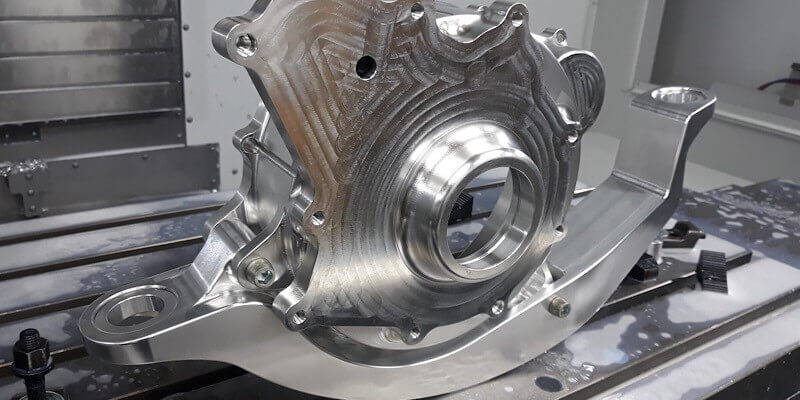Introduction to Precision CNC Metalworking Types
CNC machining is one of the most advanced materials processing technologies in the world. Manual machining has been around for a long time, but only recently have we reached a level of hardware electronics that has made CNC metal machining technology the dominant method for manufacturing metal parts, even precious metals such as machining silver.
1.CNC Machining vs. Manual Machining
Metal machining has always depended on the skill of the metal machinist. The capabilities of the process depend on what kind of surfaces he can make on the equipment. In order to make some complex or high-precision components, specialized tools must be made specifically for the surface to be made. This makes it very expensive and unprofitable to make complex custom parts through machining. However, with the development of CNC metal machining, the capabilities of the process have grown by leaps and bounds. NC programs can obtain almost any type of surface.
2.Custom CNC Machining Services
With the rise of CNC control systems, the manufacture of custom machined parts has become a viable possibility. The versatility and positioning accuracy of CNC machines can greatly simplify setup operations. There is no need to make specialized fixtures or setup tools for complex parts. Everything can be set up using standard adjustable clamps, and the machine positioning system will make up for the inconsistency. The most widespread methods used by CNC for custom machined parts are turning milling and EDM wire cutting.
3.Precision CNC Machining
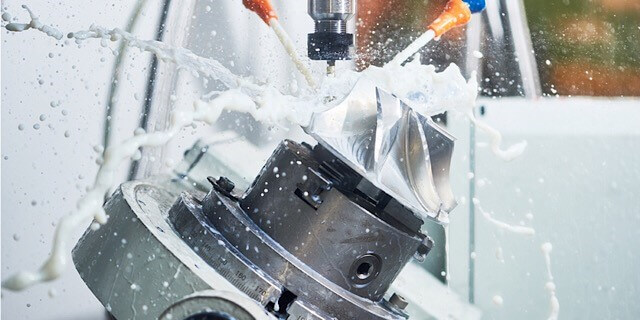
One of the advantages of using CNC is high precision. Machine tools are equipped with stepper motors with positioning accuracy of only a few microns. Automatic tool change using a probe and subsequent calibration ensures that the cutting edge is exactly where it is expected. Some machine tools even take into account the life and wear of the cutting tool and adjust it while it is running. Modern tool bearings ensure optimal spindle rigidity, which minimizes vibrations, and the metal machinist does not need to keep a close eye on the part all the time, which makes it possible to close the work area and apply high-pressure coolants, so that temperature deformation is minimized.
4.CNC Machining Metals
The high power capabilities and the rigidity of modern machine tools ensure that almost all types of metals can be machined. From ordinary construction steel to different grades of stainless steel, including heat-resistant steel-nickel super alloys, all of these materials can be machined. Even titanium alloys with the worst cutting performance parameters can be cut. After dealing with all these difficult-to-machine alloys, I don’t even need to mention that CNC centers can easily machine lighter softer alloys such as aluminum, brass, copper, gold and silver. The main difference is the tool life and feasible cutting parameters.
5.5-Axis CNC Machining
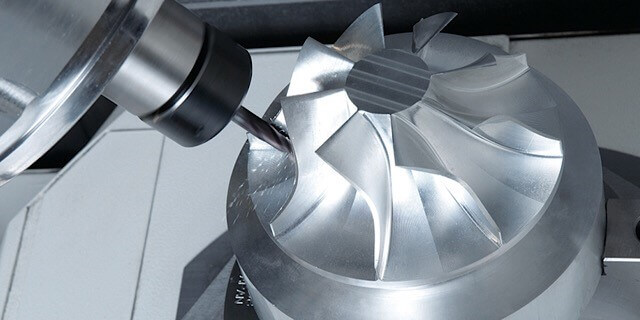
5-axis milling centers are the pinnacle of CNC metal machining systems. The cutting tool can move along all coordinate axes and can be tilted relative to any of the three axes. In the 3+2 machining method, the tool is usually tilted at a constant angle, while in 5-axis machining, the movements are all simultaneous. 5-axis machining technology is ideal for manufacturing custom metal parts with free-form surfaces.
①5-Axis CNC Metal Machining Capabilities
The capabilities of a 5-axis CNC center are extremely broad. Its versatile multi-axis machining capabilities allow it to perform turning, boring, drilling, forging, milling, threading, and tapping at almost any angle. Using CNC programming and automatic tool changing systems, multiple methods can be combined into one machining operation. The NC program ensures absolute repeatability of the operations performed, so the optimal number of parts can be obtained.
6.CNC Metal Lathe Turning
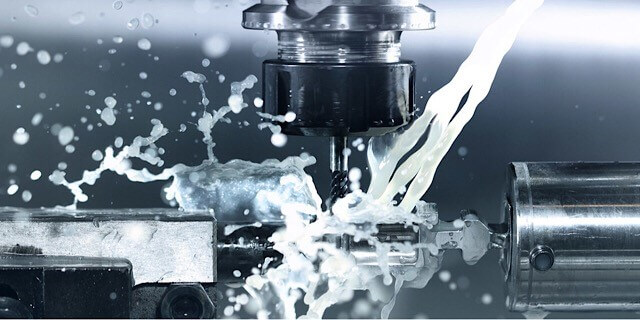
Lathe turning equipment is ideal for axisymmetric objects. Previous versions could only make cylindrical, conical, and axially symmetrical profiles, but modern CNC lathes have turrets that can be mounted with a small milling spindle to make grooves, flat surfaces, and other asymmetrical elements. CNC machines can also perform drilling, boring, and taper machining.
①Advantages of CNC Lathe Machining
CNC lathe machining has some advantages over other types of turning.
- Quick setup. Most chucks are pre-calibrated and use pneumatic systems to clamp and release parts
- Large diameters. CNC lathes can process parts up to several meters in diameter
- Use a tailstock. By holding the end of the part in the center of the tailstock, very long parts can be machined.
7.Wire EDM Machining
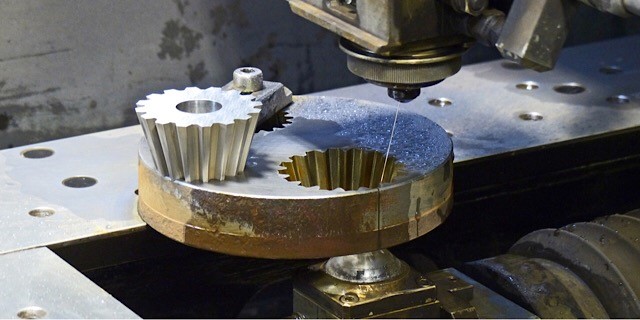
Wire EDM machining is a fairly new process that involves a method of cutting conductive parts with high precision by using a high-voltage current flowing through a very thin wire and a material separated by a non-conductive liquid. CNC systems enable the process to produce small, precise parts in a fully automatic mode of operation.
①Advantages of Wire EDM Machines
- Effective for difficult-to-machine materials. The wire does not actually touch the material. Vaporization occurs due to discharge between the tool and the part. There is no physical contact, so the hardness of the material does not matter. Only its conductivity.
- Cutting accuracy. The overall accuracy of the cut is ±0.0001 inches (0.00254 mm). It depends only on the quality of the wire, which is already getting higher and higher.
- Burr-free. Since there is no physical contact between the wire and the part, there is no plastic deformation, so there are no burrs at the entry and exit of the tool.
- The size of the cut is not taken into account. Drilling deep holes becomes very difficult because drilling is a physical process that requires system rigidity.
- Tapered and complex shapes. CNC-controlled wires can move in any direction and create complex free-form cuts. In addition to this, some systems allow the wire to be tilted, which means you can use it to create tapered surfaces.
②Why do you want wire EDM services?
- High precision. Free-form holes or edges with a precision of 2.5 microns make it a very profitable option for high-precision machining of hard materials.
- Highly repeatable lengths. The wire moves according to the CNC program, which is constant and has absolute precision, regardless of the metal machinist operating the equipment.
- No distortion, deformation or delamination. The temperature and cutting forces of the part are minimal, unlike milling or turning, where a lot of heat and force are applied. Therefore, there is almost no thermal or plastic deformation after machining. Heat treatment is also not required.
- Internal corner radii as small as .0025 inches (0.064 mm). Milling and turning inevitably leave radii at the corners of the part due to the geometry of the tool. Wire EDM does not have this disadvantage and has almost no radius at the corners.
- Small cutting diameter. If the material is expensive and you have a short time to work, it is better to use EDM cutting because the wire diameter is only 0.1-0.5 mm.
